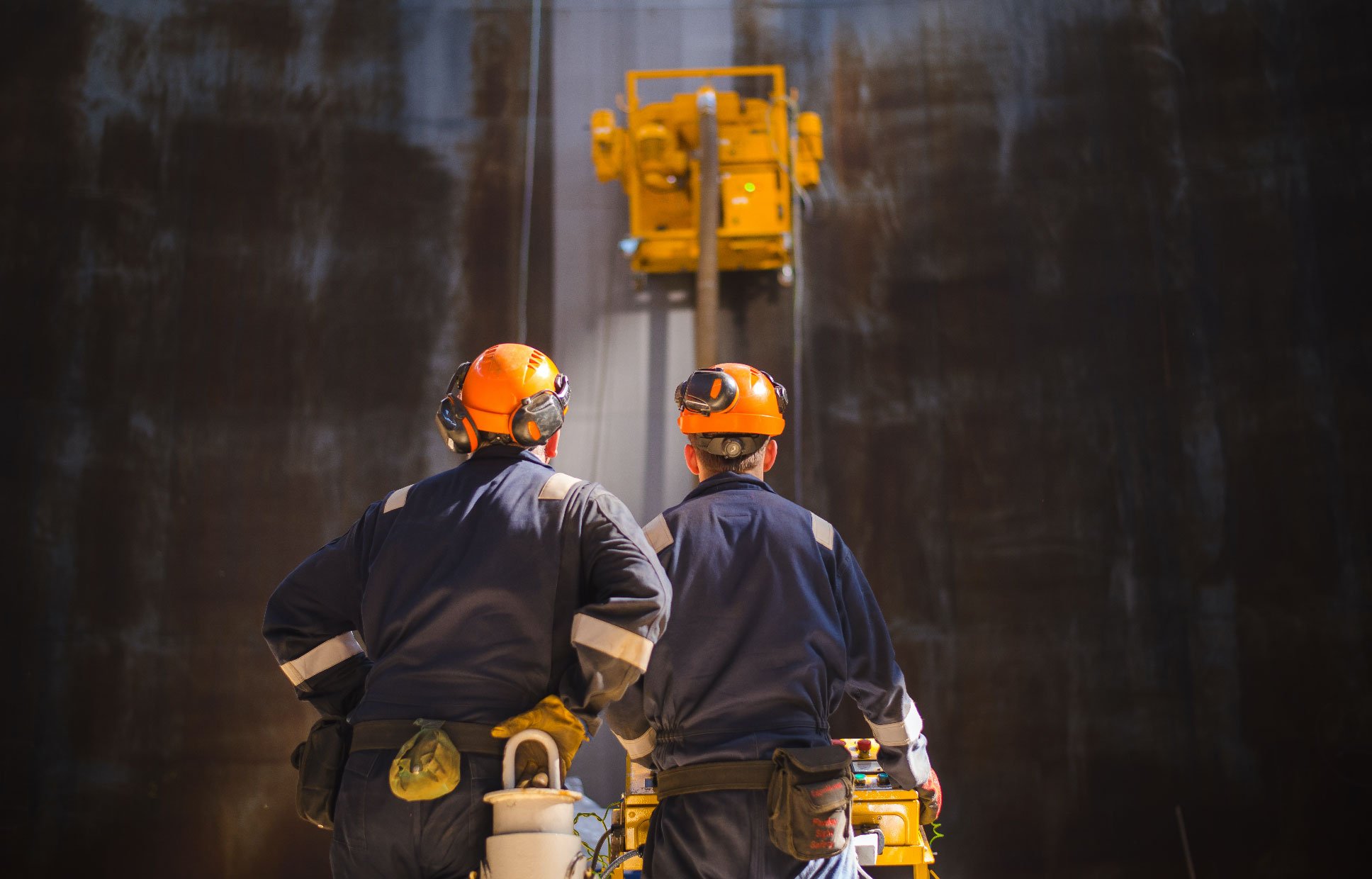
When planning a concrete placement project, whether it's a driveway, patio, or foundation, the importance of installing gravel underneath the concrete cannot be overstated. While it may seem like an unnecessary step to some, gravel plays a critical role in ensuring the longevity, stability, and structural integrity of the concrete. Failing to include this foundational layer can lead to a range of costly and damaging consequences. In this blog, we’ll explore why gravel is necessary and what can happen if you skip this vital step.
- Improved Drainage... Gravel, often referred to as a "sub-base," helps improve drainage beneath the concrete slab. When it rains or snow melts, water can accumulate under the slab, leading to cohesive soil erosion, creating voids or even causing the concrete to shift, settle, or crack over time, even possible failure of the slab.. Gravel allows water to pass through and drain away more efficiently, preventing water from becoming trapped and pooling directly beneath the slab.
- Prevents Erosion and Shifting... Gravel provides a stable base that helps distribute the weight of the concrete evenly. This prevents the underlying soil from shifting, settling, or eroding, which is crucial for maintaining the concrete’s level and uniformity. Over time, even slight movement in the soil can cause cracks in the concrete that are larger than the normal, inevitable smaller cracks that all slabs have, these larger cracks can then expand due to freeze-thaw cycles or moisture infiltration. This uneven settling can cause the concrete to crack, sink, or tilt, leading to significant structural issues and expensive repairs.
- Helps with Load Distribution... Concrete is strong, but without a proper base, it can only hold so much weight before cracking. Gravel acts as a cushion, evenly distributing the weight of vehicles, or other heavy loads across a larger surface area. This ensures that no one point of the slab bears too much pressure. For example, a driveway without a gravel base may start to crack under the constant weight of parked cars or trucks. Over time, these cracks worsen, compromising the slab’s structural integrity.
- Reduces Freeze-Thaw Damage... In colder climates, water can seep into the soil beneath the concrete. When temperatures drop, this water freezes and expands, which can lift or crack the concrete. Gravel helps to prevent this by providing better drainage and minimizing the amount of water that gets trapped under the slab.
- Enhances Overall Stability... Gravel provides a level surface for the concrete to rest on, ensuring that the slab remains stable and flat during installation. This prevents uneven settling as the concrete dries and cures, which can lead to unsightly and structurally weak surfaces.
The Potential Consequences of Skipping Gravel
Skipping the gravel layer under a concrete project might seem like a way to save time or money, but it can lead to significant problems in the long run, including:
- Cracks and Surface Damage: Due to poor drainage or uneven settling, cracks can develop, which weaken the structure and lead to costly repairs.
- Settling and Sinking: Without a stable base, the concrete can shift or sink over time, creating an uneven surface that’s not only unsightly but also hazardous.
- Increased Maintenance Costs: Skipping the gravel layer can lead to more frequent repairs and maintenance, offsetting any initial cost savings.
- Complete Structural Failure: In extreme cases, the lack of a proper base can cause the entire concrete structure to fail, requiring a complete redo of the project.
Conclusion: A Small Step with Big Benefits
Installing gravel under a concrete placement project is a small but essential step that can make a huge difference in the longevity and performance of the finished slab. Gravel provides drainage, stabilizes the soil, prevents erosion, and helps distribute weight more evenly. Without it, you risk the potential damages listed above.
If you're planning a concrete project, don't skip the gravel layer—it’s a foundation that ensures your concrete work stands the test of time.
Since installing a gravel base is so important, here are the basic steps to follow when installing a gravel base…
Excavation…

Start by excavating the area where the concrete slab will be poured. Clear away any vegetation, topsoil, and organic material to expose the underlying, hard packed soil. You may need to dig deeper and add larger gravel to insure a firmly compacted surface. Ensure the depth of the excavation is enough to accommodate both the gravel sub-base and the concrete slab.
Geotextile Fabric… though not always necessary, depending on the condition of your soil and specific project requirements, you can lay a geotextile fabric over the compacted soil. This fabric will prevent cohesive soil from mixing into the gravel, maintaining proper drainage and soil stability.
Gravel Placement… Add your gravel in layers, usually 3-4 inches thick per layer, or often referred to as a “Lift”, (Compact between each "Lift"). Distribute the gravel evenly to create a level surface.
Compaction…
This is a critical step in the process, compact each 2-3" gravel layer, or "Lift" using a Forward or Reversable plate compactor, Tamping Rammer, or similar equipment. Proper compaction is so critical because it is creating a solid sub-base that can support the concrete and any loads it will bear. Slightly moisten the gravel if necessary to improve compaction.


CLICK HERE FOR MORE INFORMATION ON COMPACTION EQUIPMENT
Grading and Leveling… After compacting for a concrete slab, grade and level the surface to ensure a smooth base for the concrete slab. Spread the gravel evenly using a rake or shovel, then use a straight edge (like a screed or long board) to level the surface.
Finish pass with the Compactor… Compact the surface one more time with your compactor to ensure that all loose gravel disturbed in the Grading and Leveling step is compacted and a correctly compacted sup-surface is now installed and ready for your concrete pour.
for more information on related subjects, visit our website Bartellglobal.com or,
CLICK HERE FOR ADDITIONAL RELATED TOPICS


 By
By